$799
5 Stars
Here’s a DAC that might just help to seal the fate of those old-fashioned shiny spinning discs. It’s that good at rendering hi-res files, and more.
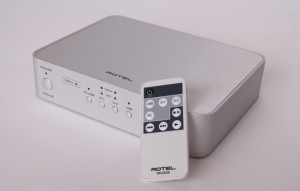 IT’S LOOKING PRETTY grim for the old compact disc as a music format these days. Not only is vinyl gaining popularity again (albeit on a small scale), but computer based audio is steaming ahead and rapidly becoming a universal household accessory.
IT’S LOOKING PRETTY grim for the old compact disc as a music format these days. Not only is vinyl gaining popularity again (albeit on a small scale), but computer based audio is steaming ahead and rapidly becoming a universal household accessory.
I must confess to initially being resistant to this new way of listening to music, thinking: how could a file downloaded from the internet onto my crappy laptop possibly sound better than a CD? So, until now, I have chosen to ignore this new area of audiophilia based on that argument.
But of course we all know that it’s just 1s and 0s and regardless of whether they’re on a disc or on your computer, it’s how those 1s and 0s are turned into an analogue signal and thus transported to your speakers that matters.
A good outboard DAC is what you need – it can improve your existing CD player and it can, allegedly, turn your computer or media server into a proper digital source component. I am what you’d call a vinyl junkie and love having something to hold and admire and I love the whole ritual associated with playing records (and yes, I can live with surface noise, to a point) but, with an open mind, I decided it was about time I gave this high definition computer audio business a go (plus Ashley asked me to). As you can see from the star rating above, the review went quite well.
The DAC
Japanese company Rotel have many ardent admirers throughout Europe, America and indeed, here in New Zealand, and for good reason. Rotel makes a range of high quality, high performing audiophile amplifiers (integrated and pre- and power) and CD players. Now, in keeping with the current trend towards computer audio, we present the first Rotel high resolution capable digital to analogue convertor (DAC).
This is not just some trite “me too” product; build quality is impeccable with its aluminium casework (featuring lovely rounded corners) simple, elegant and easy to use front panel and quality internal design which features the well regarded Wolfson 8471 24-bit DAC chip. The RDD-06 allows playback of bit-perfect 16 bit/44.1 KHz up to 24bit/192 KHz files and has six inputs – USB (up to 24bit/192K, depending on media player used), 2x coaxial, 2x optical SPDIF (up to 24/192) and a front USB input for iPod or other portable media player (playing AAC, WAV, MP3, WMA up to 16/48) and USB memory sticks. A Bluetooth “dongle” is also included for wireless streaming and a credit card sized remote for switching between inputs along with basic RCA cables and a USB cable.
According to the blurb, the RDD-06 will “significantly improve your CD player, portable media player or PC and indeed any audio product fitted with a digital output”. The RDD-06 is available in black or silver and measures 200 x 46 x 155 mm (W x H x D), so it should fit into any existing systems without too much hassle. The front panel has a power-up button with a blue LED indicating power on (red in standby) plus four buttons with corresponding blue LEDs to select between sources (you press the two digital selectors once or twice to select between coaxial or optical); power is supplied by a wall wart type cable. There is also a blue LED to indicate 192 KHz files being played; unlike the Cambridge Audio DACMagic Plus (review pending) which displays the entire range. Also unlike the Cambridge Audio DAC, the Rotel has no headphone input or filter options.
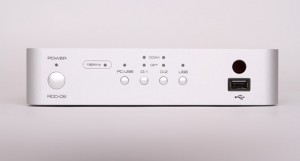 I used my laptop (PC) running Windows Vista as a source, with MediaMonkey (the free version) using the WASAPI output plugin (available as a free download), playing a range of files, including 16 bit FLAC files from ripped CDs and files up to 24/192 downloaded from HD Tracks and Linn Records. I also used my Rega Apollo CD player (the old version, not the new R model) as a transport via its coaxial digital out and an old Onkyo DVD player via its optical out; my old iPod Nano refused to run with the DAC (I’m sure newer models will be fine, as it is claimed to be “Made for iPod”) but I did try the Bluetooth dongle. Surprisingly the RDD-06 is not plug-and-play and requires an installation CD (included) to set up, but this was quick and easy and only needs to be done once (don’t lose it of course, in case you need to use the DAC with other computers).
I used my laptop (PC) running Windows Vista as a source, with MediaMonkey (the free version) using the WASAPI output plugin (available as a free download), playing a range of files, including 16 bit FLAC files from ripped CDs and files up to 24/192 downloaded from HD Tracks and Linn Records. I also used my Rega Apollo CD player (the old version, not the new R model) as a transport via its coaxial digital out and an old Onkyo DVD player via its optical out; my old iPod Nano refused to run with the DAC (I’m sure newer models will be fine, as it is claimed to be “Made for iPod”) but I did try the Bluetooth dongle. Surprisingly the RDD-06 is not plug-and-play and requires an installation CD (included) to set up, but this was quick and easy and only needs to be done once (don’t lose it of course, in case you need to use the DAC with other computers).
Sound Quality
I was immediately impressed by the low noise floor and the wide, textured soundstage coming from the speakers; sounds were coming out of an incredibly silent, jet-black background. I was also struck by the precision with which notes decayed – the ring of guitar strings and the tapping of sticks on cymbals and other percussive instruments disappeared into the blackness in a way I hadn’t heard with digital music before. This was a mere couple of minutes into my first track (Loose Fur’s ‘So Long’ from their 2003 self-titled first album, ripped to a FLAC file from CD) so first impressions were rather promising. Drummer Glenn Kotche appears to go slightly berserk, smashing, whacking and tapping what sounds to be quite a variety of percussive items – glasses, boxes – as well as drums, cymbals, shakers and tambourines, and it is all presented in fine detail and with a startling realism that the Apollo doesn’t quite match. Guitars slowly build up from the percussive chaos as Jim O’Rourke sings and it all sounds clear and smooth with good weight and body.
The digital “glare” I’m accustomed to hearing from the Rega CD player (or most any CD player for that matter) is virtually undetectable, making for a very pleasant listen. Using the CD player as a transport, connected to the Rotel via coaxial cable, I’d say the DAC sounded at least as good as the Apollo, though with a smidgen more detail and a slightly more spatial soundstage. I have to say, though, that I preferred the sound when playing the song in FLAC form from my laptop, where, while maybe lacking ever so slightly a little of the attack the CD player gives, I loved the way the music just seemed to wash over me. Not that the little DAC is laid back by any means – its ability to latch onto a rhythm is admirable. There is more focus to complicated (or chaotic) songs and arrangements than I’m used to hearing and the presentation is smooth, uncluttered, well-balanced, thoroughly engaging and just so easy to listen to, no matter what I played. At first I had thought the treble was a little forward-sounding but as I listened on (and on) I discovered my ears had deceived me and actually there was just more detail in the upper frequencies – not a huge amount, but enough to be noticeable; high frequencies are quite airy and open.
For kicks I did an A/B comparison with the Apollo/DAC using ‘Sad Guy’ from Dimmer’s sublime 2001 album I Believe You Are A Star, and I discovered the two are pretty much on par as far as sound quality goes. This instrumental number is one of my reference drum tracks, with the kit filling the rear of the soundstage pretty much to scale. The song features rumbling low bass and a lively, vigorous drum assault which, if played at the right volume, is guaranteed to get the neighbours scurrying to their telephones to call noise control. Both players presented the song well, with the Rotel inching in front with a fraction more detail and depth – brushes hitting on cymbals sounded more realistic through the DAC and the smack of sticks on skins was more satisfying.
Eric Clapton’s ‘Can’t Hold Out’ from his excellent 1974 album 461 Ocean Boulevard (24/96 FLAC downloaded from HD Tracks) sounded lovely and fluid, particularly in the midrange. Bursts of organ and wonderfully detailed guitar came out of a stone- silent background. Drums and bass, working out a funky, stoner groove seemed very well accentuated and there was great detail in Clapton’s vocals; the inflections of his voice were quite clearly exhibited. The soundstage was expansive with incredible image placement where instruments stood starkly apart from each other. The digital version lacks just a little bit of the “punchiness” I get from my 180 gram vinyl version but is nonetheless totally enjoyable. In the past I have found listening to this album on plain CD is about as pleasant as a fatal disease, but it was most agreeable – and quite close to the record – through the Rotel.
I’m aware that there is debate on various forums about whether higher bit/sample rates are actually discernibly better than standard CD grade 16/44.1 or not (not to mention the up-sampling issue). I don’t want to get into that argument but I can say, with certainty, that the high resolution tracks I listened to through the little Rotel sounded extremely good. I noticed excellent tonal accuracy, sharp images and just a lovely musicality that wasn’t overshadowed by what I perceived to be greater detail retrieval. Whether this is a direct result of the higher resolution or better studio engineering is moot, but I liked what I was hearing through the DAC, and that is wholly what matters.
Listening to ‘Jersey Bounce’ from Ella Fitzgerald’s 1961 album Clap Hands, Here Comes Charlie! (24/192 – the 192 KHz LED lit up on the DACs front panel in confirmation) I enjoyed the pace and rhythm of the backing quartet which the RDD-06 presented with ease, and Ella’s voice was wonderfully clear and open with high notes rendered effortlessly. The music flowed easily with ample detail and, again, I felt my stress levels dissolve as the music washed over me, recreating the studio session in my living room. Marquise Knox’s ‘You Better Pray’ from his 2011 album Here I Am (24/192) is a great blues number brought splendidly to life by the Rotel, accentuating the young musician’s fine vocal and guitar playing skills. I could sense the acoustics of the recording environment and envision his fingers working the strings of his instrument like only a true bluesman can.
Going back to 24/96 and Monolake’s ‘Aligning The Daemon’ from Ghosts (2012) really showcased the Rotel’s ability to project music from a silent, black background. The song is haunting electronica with a driving rhythm, blasts of white noise, creepy organ and ghostly sounds appearing out of a silent mist, for some reason conjuring up images of dark frozen lakes somewhere deep in Europe and gloomy graveyards with leafless trees silhouetted against grey skies. No, it’s not music to commit suicide to – it’s actually quite moving and is perfect music for cold winter nights in front of the fire, sipping icy Glayva, and through the Rotel it was lush and liquid sounding; holographic sounds coming from a broad soundstage with detail aplenty. Electronic pulses burst from the speakers and decayed out into the room towards me, and when the church-like organ filled the space between I felt a chill go up my spine.
The RDD-06 greatly improved the sound quality of movies played through my old DVD player (as you’d expect) and the Bluetooth dongle worked well, though naturally, sound quality was greatly diminished. I also enjoyed streaming radio stations from around the world, including Croatia, Russia and a French jazz show – the sound quality was excellent.
Conclusion
There’s no doubt this little DAC will breathe new life into many budget to mid-range CD players, but for playing the range of bit/sample rates in downloadable digital file format, particularly the higher resolution material, it really shines. The RDD-06 delivers a full-bodied and lively soundscape with a well balanced frequency range and precise imaging. Despite ever so slightly lacking the last degree of attack, it is still a very gutsy performer, feeding the amplifier with a powerful signal, and the low level of digital “glare” adds to its analogue qualities. Having all those selectable inputs, its small size and its ability to play the full current spectrum of sample rates (I would’ve liked LEDs to indicate all sample rates, but that’s a minor quibble) makes this one versatile piece of equipment; it is unobtrusive yet so proficient.
For a mere $800, Rotel is surely onto a winner with the RDD-06. While I’m sure higher-end DACs might have more attack, detail and ultimate transparency, I reckon this clever little unit will have many hi-fi audio companies worried. I also reckon it will convince those who are reluctant to let go of their CD collections – it has convinced me.
While it has all the attributes most audiophiles look for in a hi-fi product – detail, imaging, soundstage – the Rotel first and foremost allows you to sit back and enjoy music. My vinyl isn’t going anywhere soon, but I would be most happy with a Rotel RDD-06 in my rack. ANDREW BAKER

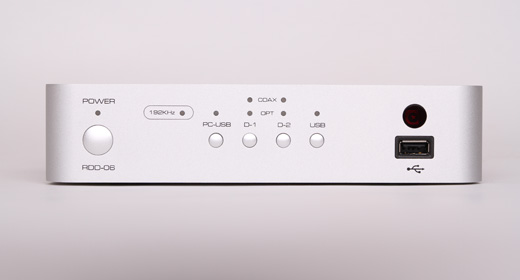



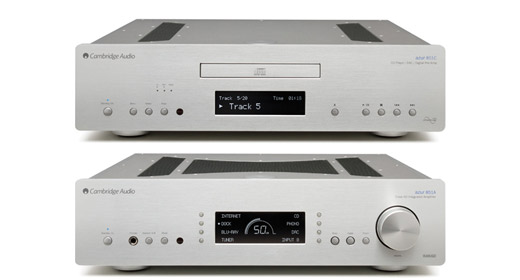
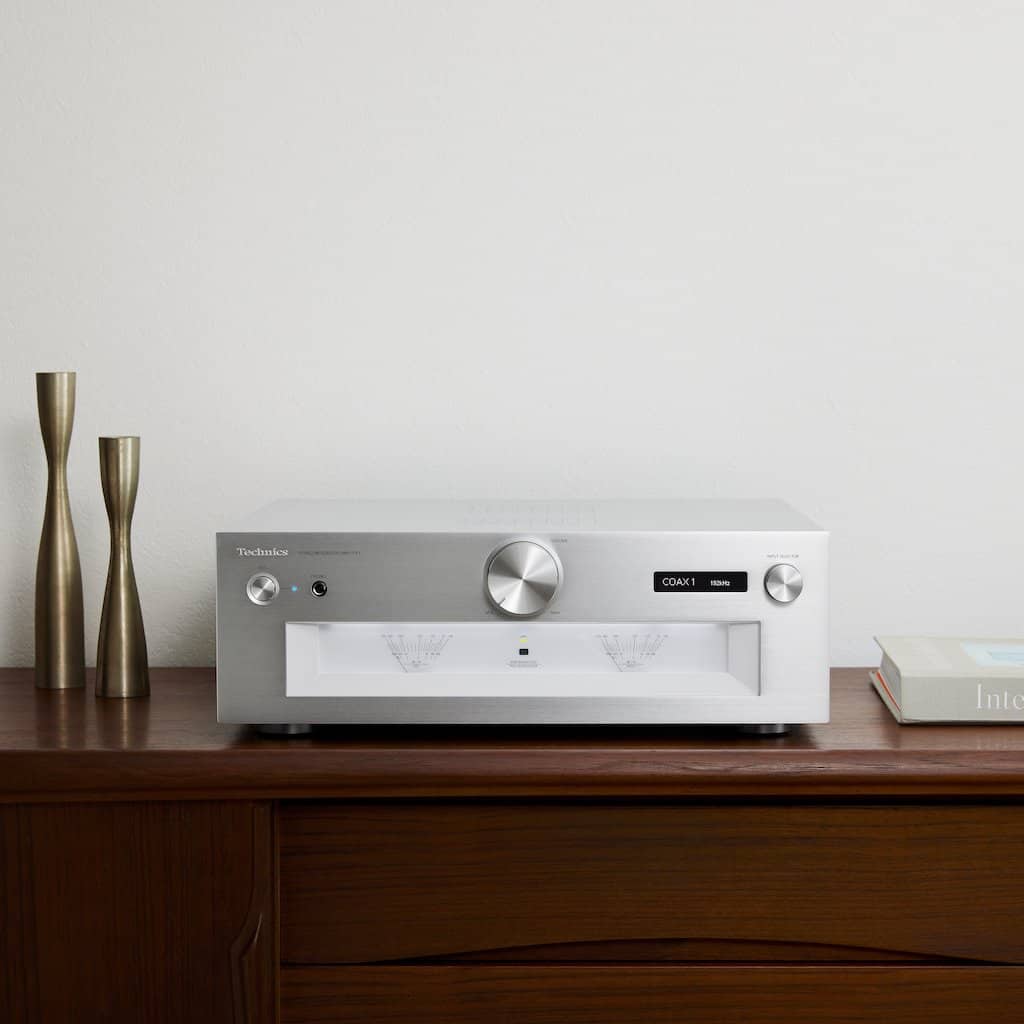
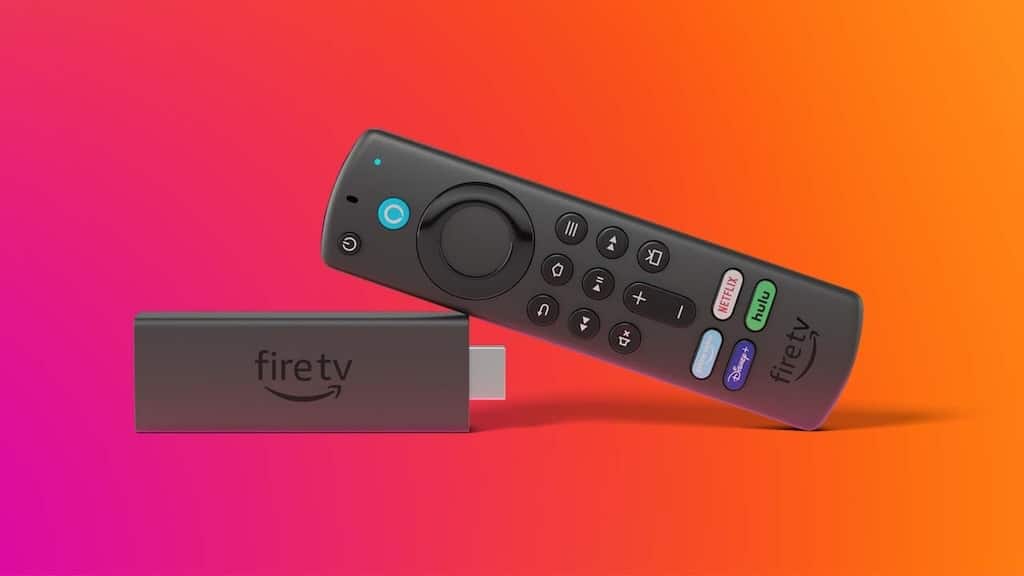
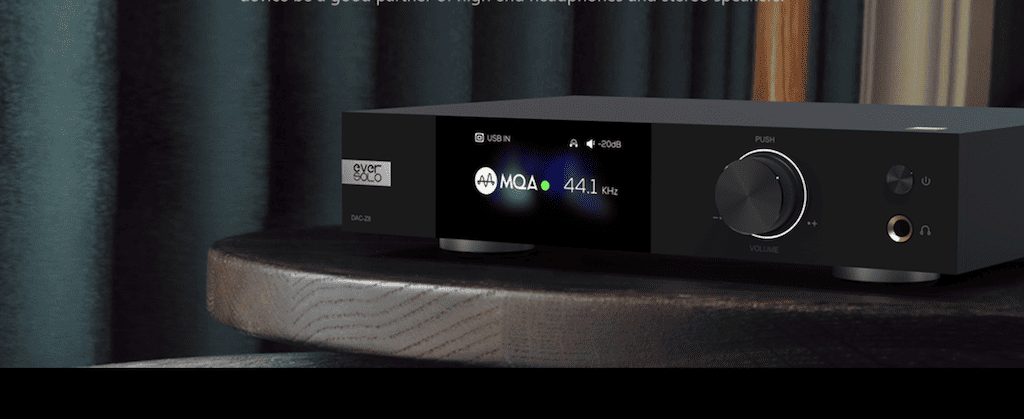
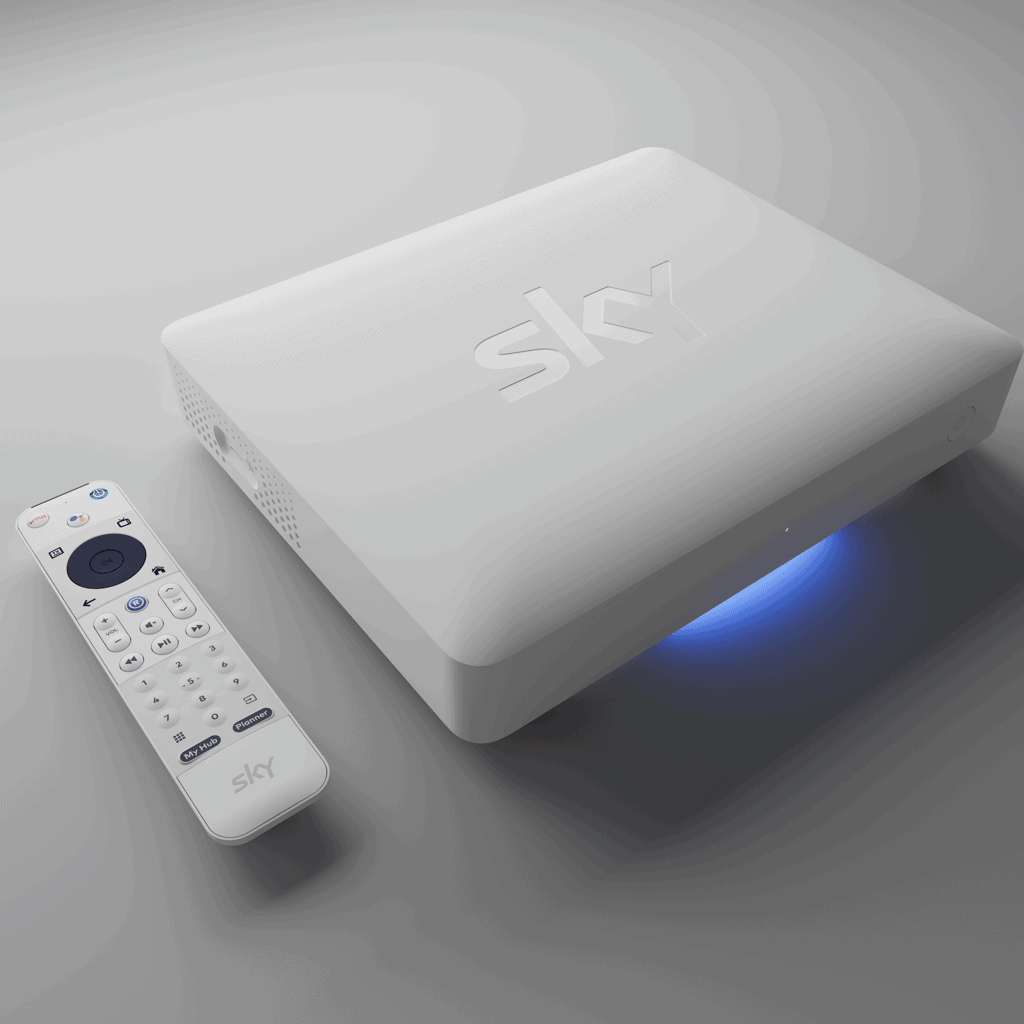
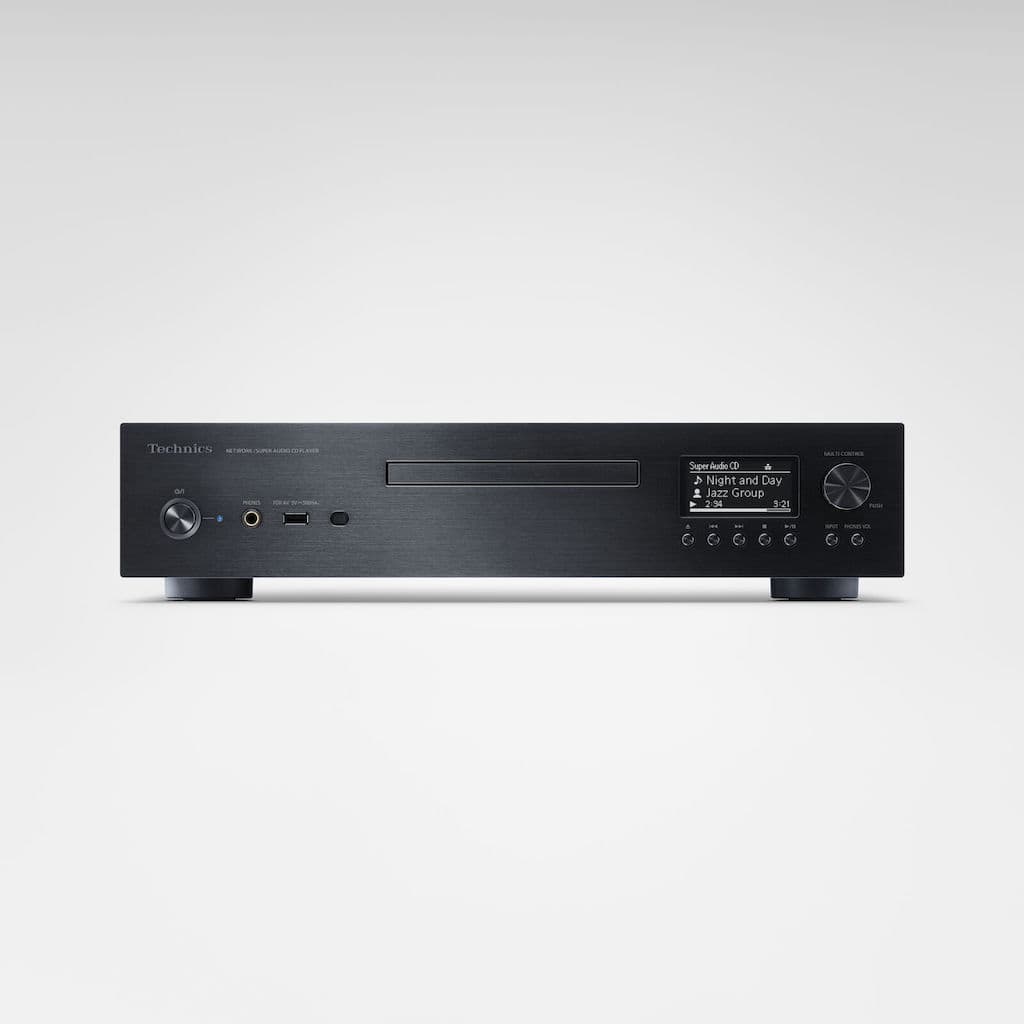

Sounds like another winner from Rotel.
Well reviewed you old “stick in the mud”
What’s your opinion between the rotel rdd-06 vs the audiolab cd/dac which was your unit of the year previously… Thanks.
Hi Dangerdan. Actually the estimable Gary Pearce has/had the Audiolab and as I haven’t heard it I can’t comment, unfortunately.